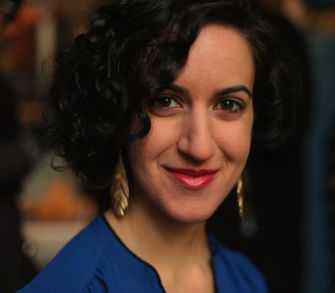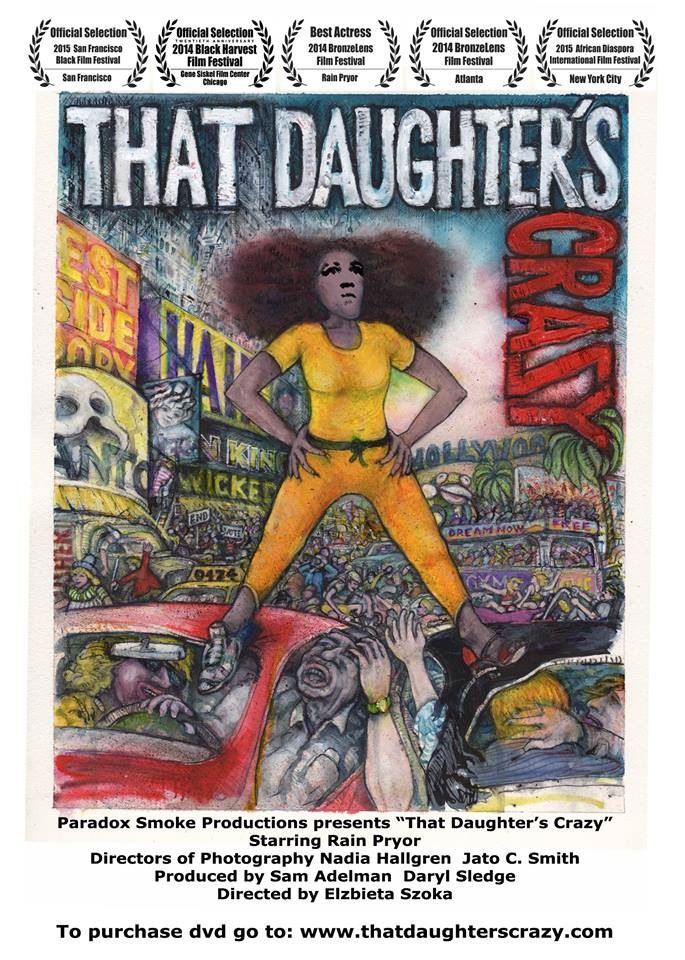I’m More Than An ‘Other’Posted in Articles, Autobiography, Media Archive, United States on 2015-08-18 01:01Z by Steven |
Elle UK
2015-08-17

Meghan Markle (Source: ELLE UK)
Meghan Markle, star of the hit show Suits, opens up about creating her identity and finding her voice as a mixed race woman
What are you?’ A question I get asked every week of my life, often every day. ‘Well,’ I say, as I begin the verbal dance I know all too well. ‘I’m an actress, a writer, the Editor-in-Chief of my lifestyle brand The Tig, a pretty good cook and a firm believer in handwritten notes.’ A mouthful, yes, but one that I feel paints a pretty solid picture of who I am. But here’s what happens: they smile and nod politely, maybe even chuckle, before getting to their point, ‘Right, but what are you? Where are your parents from?’ I knew it was coming, I always do. While I could say Pennsylvania and Ohio, and continue this proverbial two-step, I instead give them what they’re after: ‘My dad is Caucasian and my mom is African American. I’m half black and half white.’
To describe something as being black and white means it is clearly defined. Yet when your ethnicity is black and white, the dichotomy is not that clear. In fact, it creates a grey area. Being biracial paints a blurred line that is equal parts staggering and illuminating. When I was asked by ELLE to share my story, I’ll be honest, I was scared. It’s easy to talk about which make-up I prefer, my favourite scene I’ve filmed, the rigmarole of ‘a day in the life’ and how much green juice I consume before a requisite Pilates class. And while I have dipped my toes into this on thetig.com, sharing small vignettes of my experiences as a biracial woman, today I am choosing to be braver, to go a bit deeper, and to share a much larger picture of that with you…
Read the entire article here.



